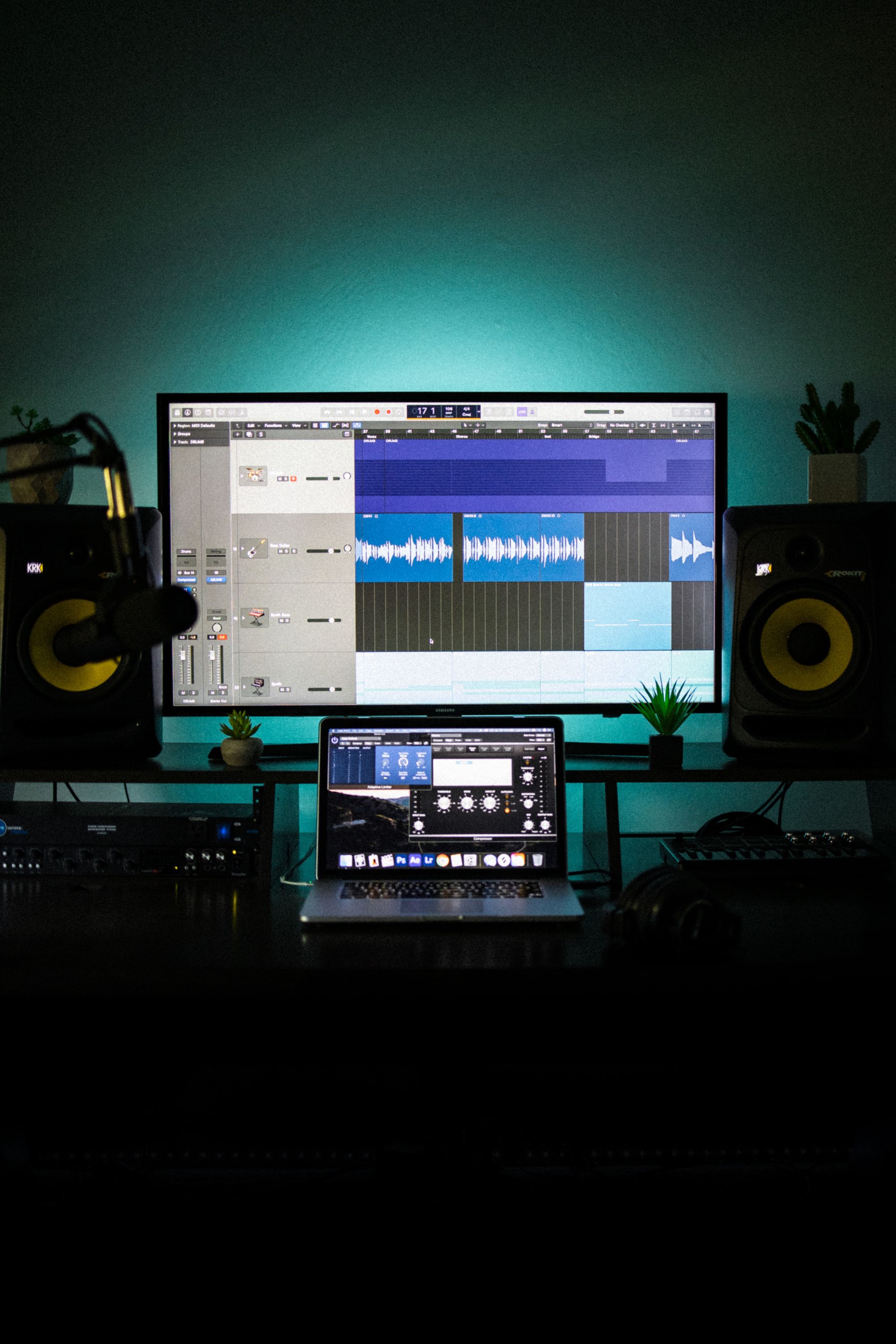The Rise of Loops in the Music Industry: How and Why They Work

When it comes to music, there’s an almost endless number of ways you can create and share it. In fact, the industry itself has changed dramatically over the last few years thanks, in large part, to new technology and more accessible resources. But how is this new wave impacting how we listen to and create music?
Is everything about loops the new big thing in music? Why are so many artists using loop-based tracks? Are we going back to a simpler time where musicians weren’t playing multiple instruments but instead just rocking out on simple beats? Do we need another article about the importance of loops in music production? The answer to all of these questions is “Yes.”
How and why are loops important in music?
Every type of music is made up of parts and pieces. When you listen to the Rolling Stones, you hear Keith Richards’ guitar riffs. When you listen to Beethoven, you hear his symphonies. When you listen to The Beatles, you hear their vocal harmonies. But what about the one-off sounds, noises, and beats that are in the background of every song?
These are called “loops,” and they’re what creates the rhythm, mood, and feel of any song. Without them, music would be a lot less interesting, dynamic, and melodic. They’re what give certain songs their feel, rhythm, and vibe. They’re the little details that make a song come together, and they can be found in almost any genre or type of music.
Whether it’s a trap beat in EDM, a dubstep bass in dubstep, a classic guitar riff in pop, or a saxophone solo in jazz, there’s always a layer of loops in the background giving songs a consistent and rhythmic feel. Without them, modern music would be a lot less interesting and dynamic.
Why more artists are using loops
There are a few reasons why more and more artists are using loops in their music. The first is that they’re easy to create and can really help to speed up the song production process. While building an entire song around live instruments is a great way to make music, it’s also time-consuming. It’s not always easy to find musicians who are available when you need them, and it can be difficult to find a consistent groove when playing with a group of people.
Loops, on the other hand, are incredibly easy to create, record, and use in any situation. You can quickly record a loop and then layer it with other loops to create a fuller sound. This is even more important when it comes to EDM and other types of music that call for more rhythmic elements. With the help of loops, you can quickly record the parts you need and then layer them together to create the feel and rhythm you’re looking for.

What’s the difference between samples, loops, and live instruments?
While loops and samples are often used interchangeably, there are actually some key differences. In short, samples are short clips of an already existing sound (like vocals or instruments), loops are longer clips that can be edited and manipulated to create a new rhythm, and live instruments are instruments that are played without being recorded.
When it comes to music, loops are often samples that are shorter and edited to create a continuous rhythm and beat. Interestingly enough, while many artists are moving towards using more loops in their music, sampling (the act of taking a clip of another sound and playing it over and over again) is actually becoming less common. This is because there are many copyright laws in place that make sampling (and sometimes even using the sound of an instrument live) difficult or impossible.
The advantages of using loops
There are a number of reasons why artists might choose to use loops instead of live instruments. These can include everything from having difficulty finding the right instruments or players to wanting to explore new musical stylings. If an artist is looking to create a new musical style or sound that may not have existed in the past, it can be incredibly difficult to find the right people to play the instruments they want to use. On the other hand, using loops allows the artist to create the sound they’re looking for without any limitations.
Using loops also makes it possible to create music that would be impossible to create with live instruments. For example, imagine that an artist wants to create a song with a constant and rhythmic beat that never changes. It’s completely impossible to do this with live instruments because the slight nuances are what make them unique and interesting. Instead, the artist can create the loop with a drum machine or sample and then use that loop to create the beat they’re looking for in the song.
The disadvantages of using loops
While there are many reasons why artists might choose to use loops, there are also some disadvantages to doing so. These include the fact that loops often sound repetitive, they can make a song feel less dynamic, and they can make a song feel less original or authentic. That being said, it’s important to note that when something is done too much, it’s usually a sign that it needs improvement—not that it is bad by nature.
If loops are being used excessively, it’s because they’re an easy and simple way to make music. That doesn’t mean that it’s a bad thing. In fact, it may just mean that there needs to be some innovation in the field so that loops are used more creatively.
Some artists have also been criticized for using loops as a crutch, making it almost impossible to make music without them. While this is certainly possible, it isn’t likely. That being said, some artists do have a tendency to rely on loops too heavily, which can make their music feel repetitive.
Final thoughts
Loops have been an important part of music for decades and have played a major rule in shaping the way we listen to and create music. While they have traditionally been used to create rhythmic beats and repetitive melodies, more and more artists are experimenting with new ways to use them.
Whether it’s layering several loops together to create a new sound or chopping up a single loop to use as percussion, there are endless ways to create music with loops. And while they’ve become an essential part of modern music, it’s important to remember that they don’t have to be used excessively or without creativity.


